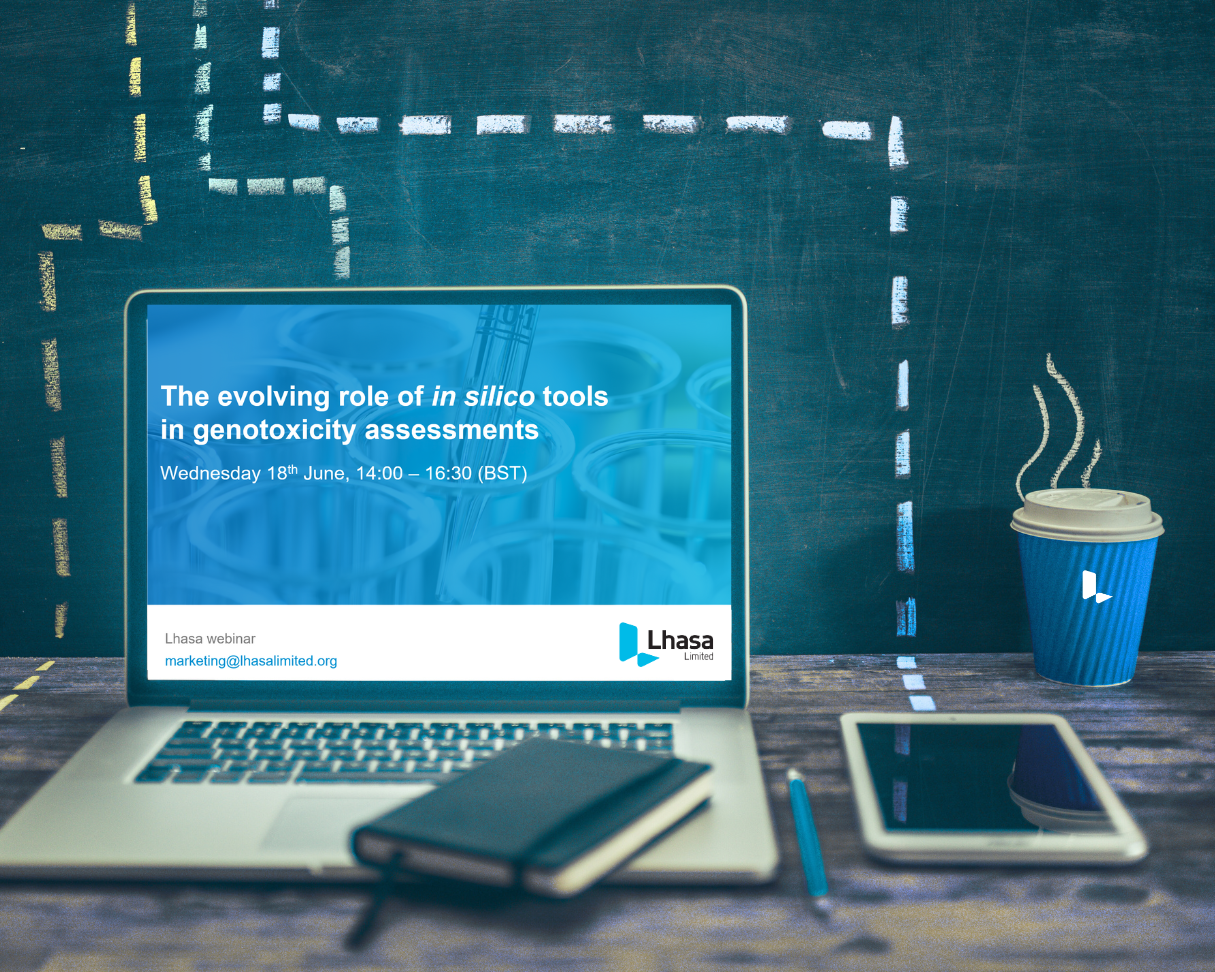“As Adverse Outcome Pathways (AOPs) move from being an interesting scientific concept, to a useful practical application tool, this is an exciting time for both industry and Lhasa” … Regular Lhasa blog readers will have read this statement within our September blog “Shaping Lhasa Limited’s scientific direction through collaboration”.
It is with great excitement that this month we can provide you with another pioneering update on the topic of our AOP work; Our paper, “Employing an adverse outcome pathway framework for weight-of-evidence assessment with application to the ICH S1B guidance addendum” has now been published in the Regulatory Toxicology and Pharmacology Journal! This paper was written by key Lhasa AOP scientists Susanne Stalford, Alex Cayley and Anax Oliveira.
Proposed ICH S1 guideline update
Across the life sciences industry, there is a notable and conscious shift away from long term carcinogenicity animal studies – as a result, there is a need for alternative approaches to assessing carcinogenic risk.
The proposed ICH S1 pharmaceutical guideline addendum – which is currently open for consultation from the FDA website – states, if your weight of evidence (WoE) assessment clearly shows that there is no value to the overall pharmaceutical assessment in running a full carcinogenicity animal study, then this evidence can be submitted as alternative. To avoid completing an animal study the evidence would need to conclude that the pharmaceutical in question is likely to be either:
- Carcinogenic in humans; or
- Not carcinogenic in humans (irrespective of its carcinogenic potential in rats).
The link between ICH S1 and AOPs
We propose that AOPs are used to address the WoE approach outlined in the current ICH S1 addendum. Framing knowledge within AOP networks will allow for transparent and integrated assessments which can be consistently applied across the industry. This approach also easily allows for new evidence to be incorporated as it is generated.
We are not the first to propose using AOPs to organise knowledge and support risk assessment – for example, the OCED previously suggested AOPs could be used to organise knowledge for an IATA – the publication provides further referenced examples of this.
There are 6 factors which account for different mechanisms that can lead to cancer, outlined in the addendum, which need to be considered within the WoE assessment:
- Drug target biology and primary pharmacology
- Secondary pharmacology
- Histopathology data from rodent toxicity studies
- Hormonal Perturbation
- Genetic toxicology
- Immune modulation
AOPs have the potential to address these critical factors – we are working on bringing this concept to life in Kaptis, alongside key industry stakeholders.
Read the full paper for more information on…
- The different approaches we are considering in relation to ICH S1 and AOPs in Kaptis
- How a conclusion for one of the six case studies in the appendix could be reached using AOPs
- And more…
If you would like to contribute towards the impact that Lhasa is having in this area, please get in touch!
Last Updated on January 25, 2024 by lhasalimited



